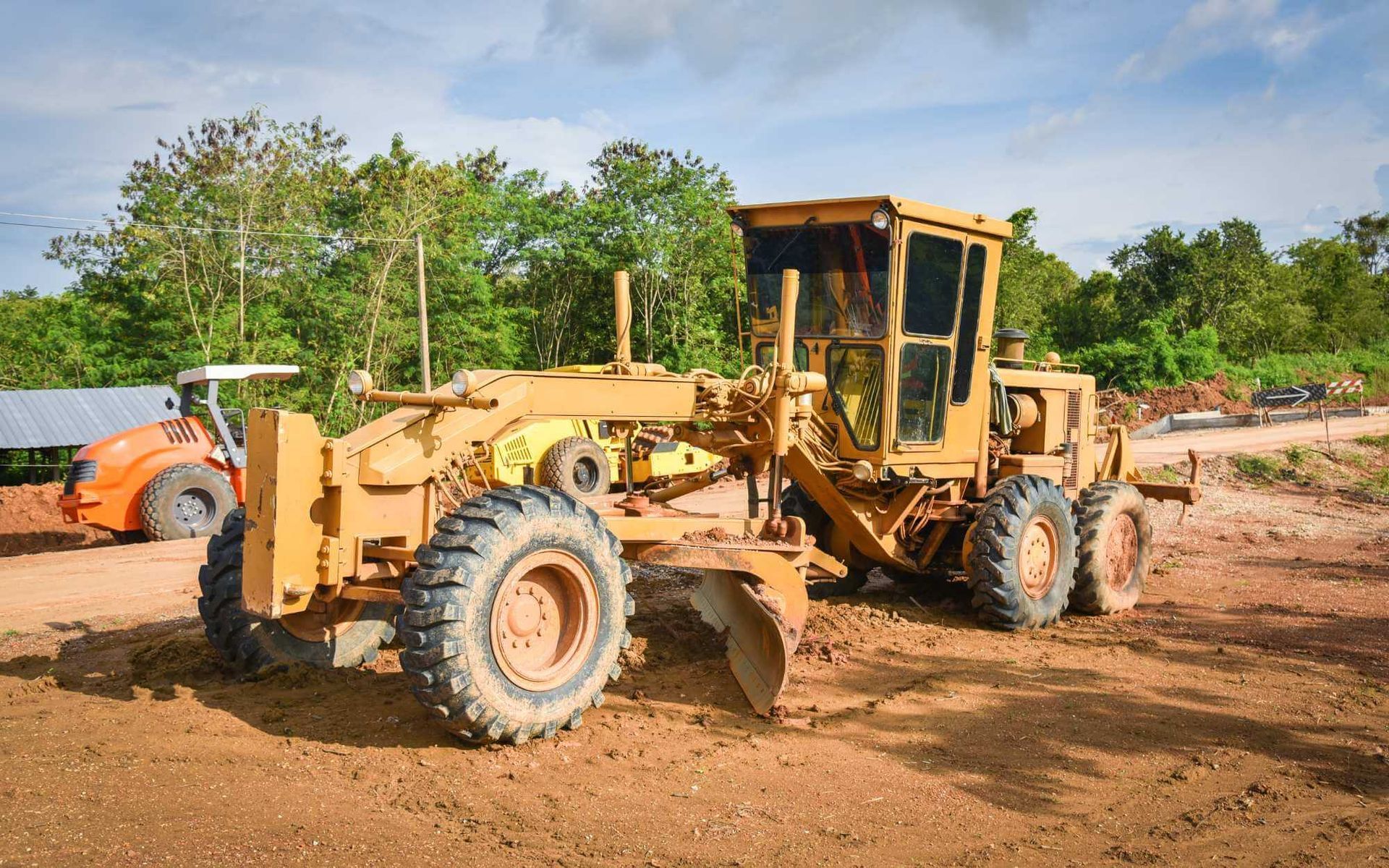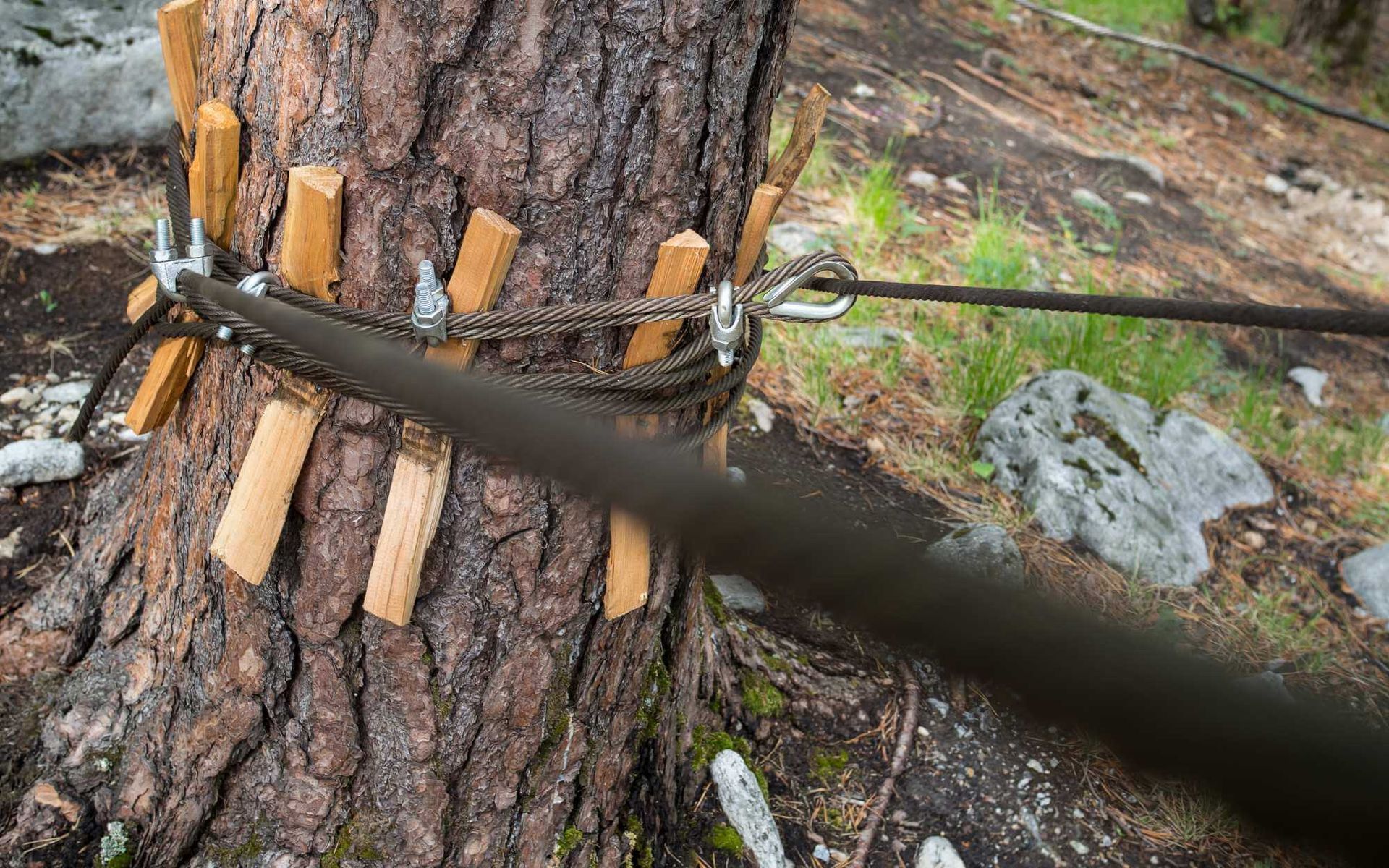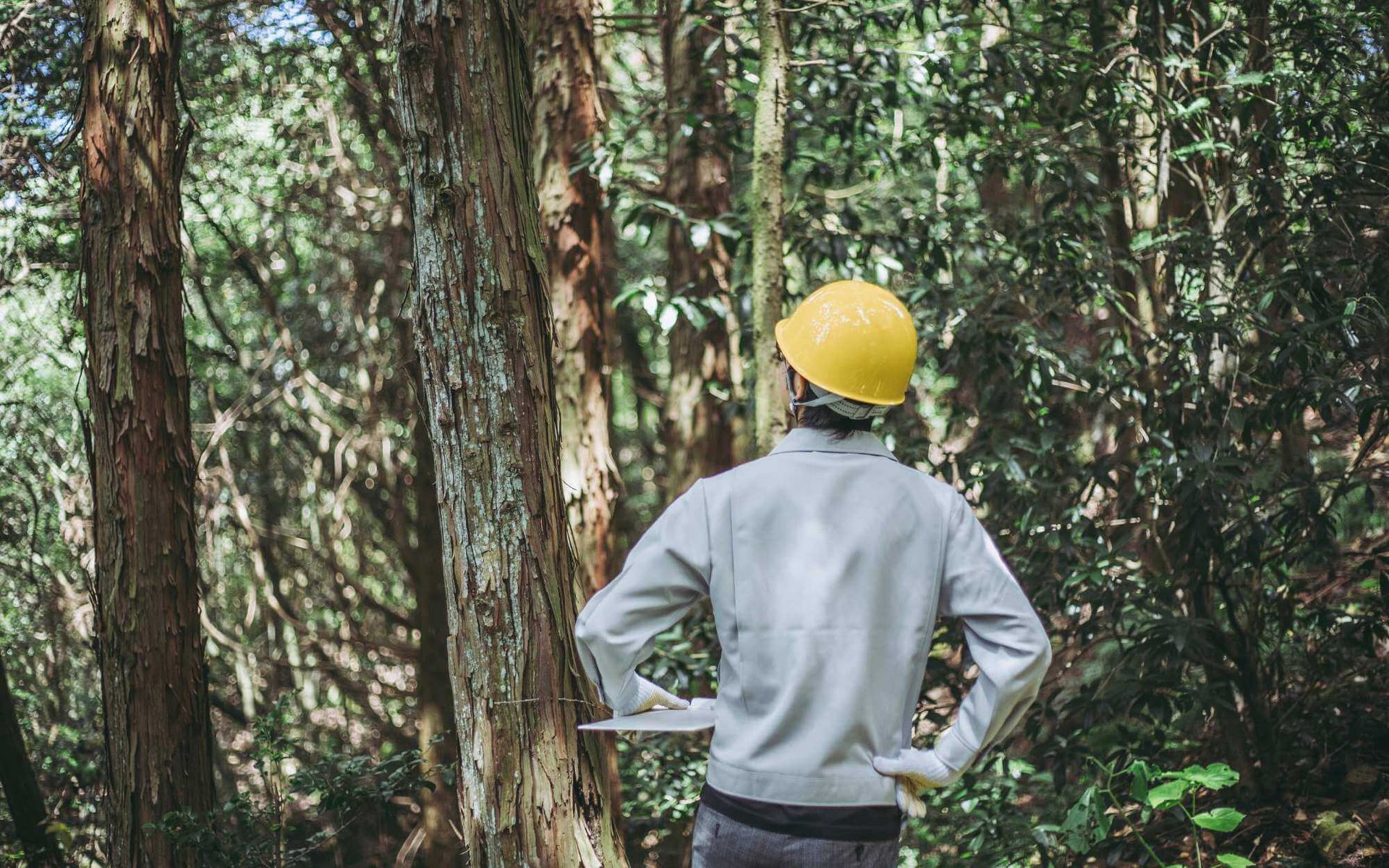Safety First: Tree Safety Measures During Building Projects
PUBLISHED ON
SHARE THIS ARTICLE

In the realm of construction, one aspect often overlooked is tree safety.
Ensuring the health and longevity of trees during building projects is not just a nod towards environmental consciousness, but also a practical necessity. It contributes to the aesthetic appeal of the property, maintains local eco-biodiversity, and can even increase property value.
This article will delve into the importance of implementing
tree safety measures during building projects, providing insight and guidance on how to protect our natural neighbors whilst we construct and create.
Pre-Construction Planning
Before beginning a construction project, it's crucial to assess the proximity of trees to the proposed site. This process involves determining the distance between the construction area and the trees, keeping in mind the potential impact of construction activities on the trees' health.
Consulting with arborists is often the next step. These tree care specialists can provide a thorough risk assessment, predicting potential hazards and advising on mitigation strategies to prevent damage.
Lastly, establishing building project tree protection safety protocols is a must. These protocols could include installing physical barriers around trees, limiting heavy machinery usage near them, and scheduling regular monitoring.
All these measures go a long way in ensuring both tree safety and the successful completion of construction projects.
Tree Protection Measures

Tree barriers and fencing are crucial to prevent inadvertent damage to trees during construction. These are installed around the tree's drip line, creating a physical shield that protects both the trunk and the critical root zone.
Root protection measures are also essential, as construction activities can compact the soil, hindering root growth and nutrient absorption. This can be mitigated by using root-friendly materials, limiting traffic near trees, and maintaining proper drainage.
Establishing tree pruning guidelines is another key aspect. Pruning should be done by qualified professionals, ensuring it promotes tree health and doesn't expose the tree to disease. It's important to note that the unnecessary removal of large branches can destabilize the tree.
In essence, these measures safeguard the trees, making construction tree safety a reality.
Construction Practices
Training construction staff on tree safety procedures is pivotal for the success of any building project. It facilitates a greater understanding of the ecological importance of trees and the potential risks involved if these measures are overlooked. Regular workshops and on-site training can help instill these practices, creating a workforce that is both informed and aware.
Simultaneously, monitoring construction activities near trees is critical. This involves regular checks to ensure that safety protocols are being adhered to and that the physical barriers preventing tree damage remain intact.
Any construction activity that threatens trees' safety should be immediately halted and assessed. Preventive measures such as utilizing lighter equipment and maintaining minimum activity near the protected zones can significantly minimize potential tree damage.
These combined efforts make tree safety during construction achievable and sustainable.
Post-Construction Care

Upon completion of construction, it's imperative to inspect trees for any signs of stress or damage. Indications such as wilted leaves, unseasonal leaf drop, or decaying roots require immediate attention. Implementing appropriate post-construction tree care practices, like watering and mulching, can help to promote recovery and sustain tree health.
It's advantageous to consult with arborists for expert advice about specific tree species or noticeable symptoms. Arborists may suggest treatments like soil improvements, structural support, or disease control measures. Ongoing collaboration with these tree care specialists can guide the long-term health of the trees, ensuring they continue to thrive in their urban environment.
This closing phase of construction tree safety confirms that safety measures adopted during the building project are effective and sustainable.
Build Responsibly
Safeguarding trees during building projects is not only an ecological responsibility but a key aspect of successful construction. Tree safety measures protect our green companions, enhance property aesthetics, and preserve biodiversity.
We urge all constructors to strictly adhere to these practices, ensuring a harmonious balance between development and nature preservation.
Need expert guidance?
Consult with an arborist today to turn your project into a shining example of responsible building.
Want a free quote or some friendly advice? Call our team today:






